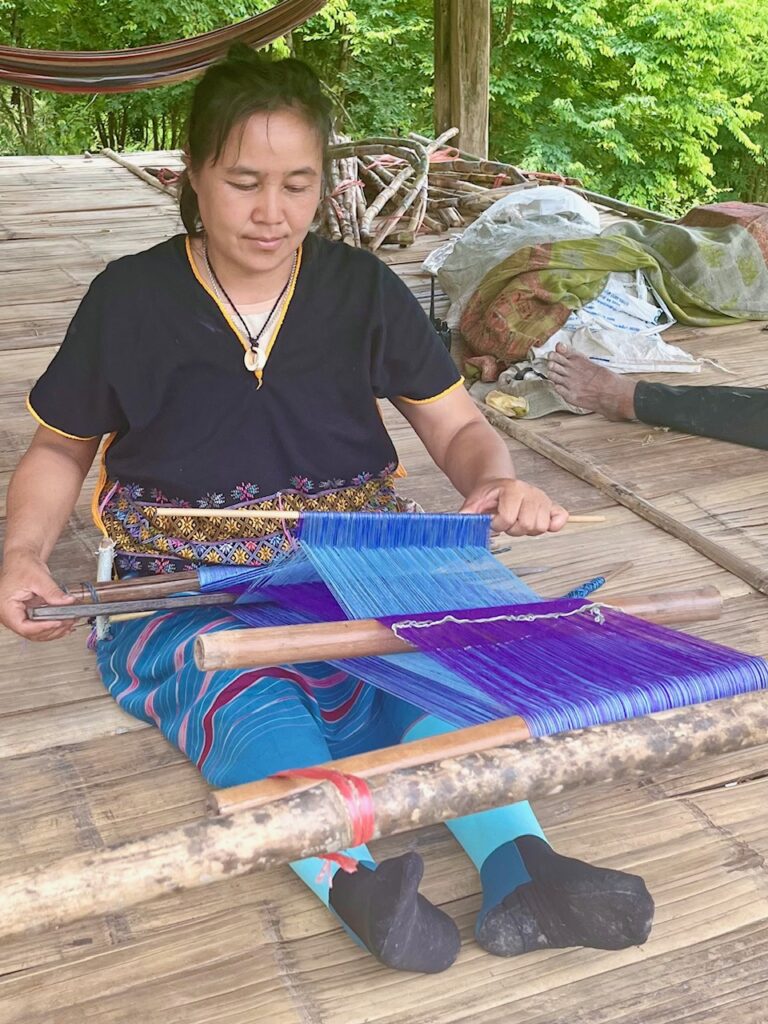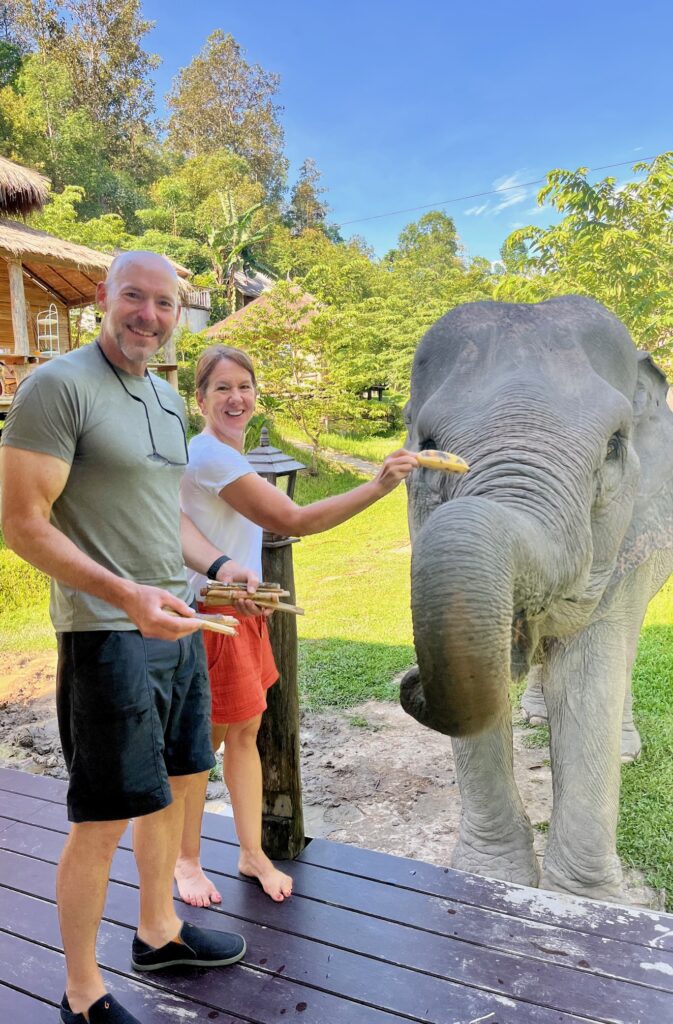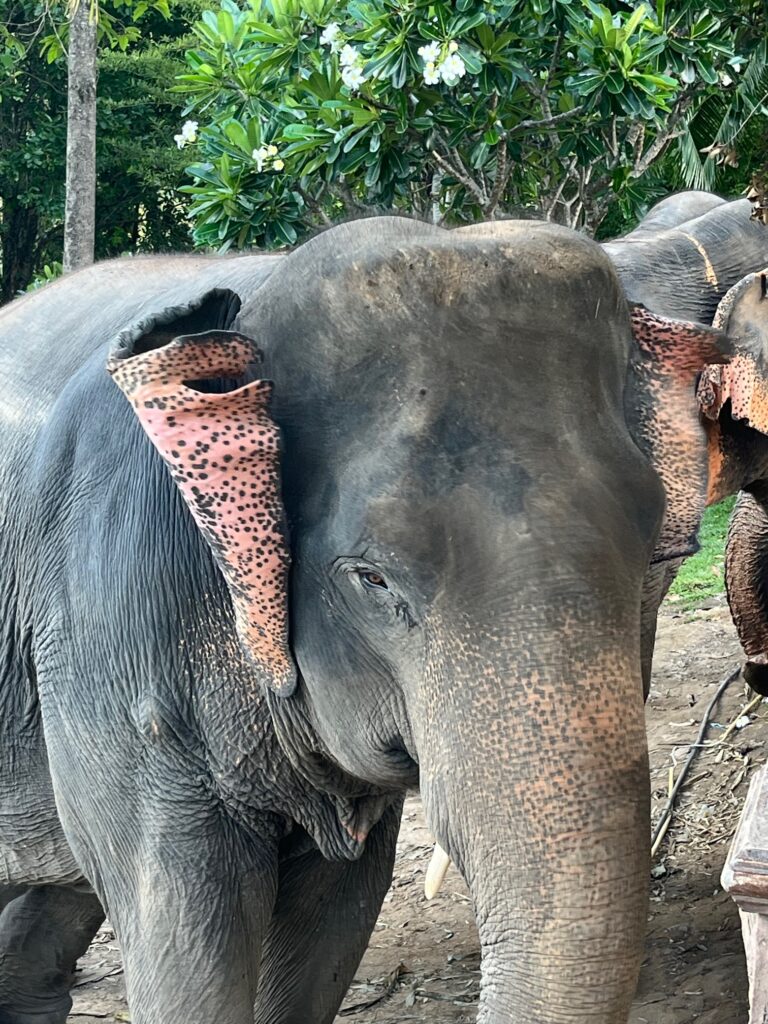In Thailand, elephants aren’t just animals—they’re national icons, deeply tied to the country’s history, culture, and spirit. But behind the beauty and symbolism lies a complex and often troubling reality. Elephant tourism has come under growing scrutiny, and with good reason: many so-called sanctuaries still allow riding, chains, and performing. So I did my research and that’s what led us to Chai Lai Orchid, a sanctuary about an hour and a half outside Chiang Mai. This sancutary is home to 22 rescued elephants. Yes, it’s undeniably touristy—but there were also clear signs that the elephants are genuinely cared for. There’s no riding, no circus-like shows. Instead, these elephants roam a vast property with river access, forested trails, and a peaceful routine that feels much closer to how things should be.
Meet the Asian Elephant: Facts & Background
Asian elephants are a smaller, slightly more domesticated cousin of the African elephant—and they’ve played an important role in Thai culture for centuries, symbolizing strength, wisdom, and even good luck. Unlike their African relatives, Asian elephants have smaller ears, a more domed head, and only some females have visible tusks. They’re native to Northern Thailand, where wild populations still exist. However, due to habitat loss, logging, and exploitation for tourism, the number of wild elephants in Thailand is now estimated to be fewer than 2,000. Based on our visit we saw first hand that Asian elephants are incredibly social. They can live up to 60–70 years and consume an impressive 200–300 pounds of food per day—mainly grasses, bamboo, bananas, and a lot of corn husks. They were constantly eating! And yes, they poop a lot (up to 10–15 times a day!).
Where Do The Elephants Come From?
Many elephants at sanctuaries in Northern Thailand—including Chai Lai Orchid—are rescued from harsh or exploitative environments. Some were formerly used in logging camps (especially in nearby Myanmar just north of Thailand), where logging with elephants is still legal), while others come from riding camps or entertainment shows where they endured years of physical and emotional strain.
Chai Lai Orchid’s elephants have been rescued over time from these difficult pasts. It’s great watching how they adapt to their new environment—learning to trust humans again and enjoying the freedom to roam, bathe, and just be elephants.
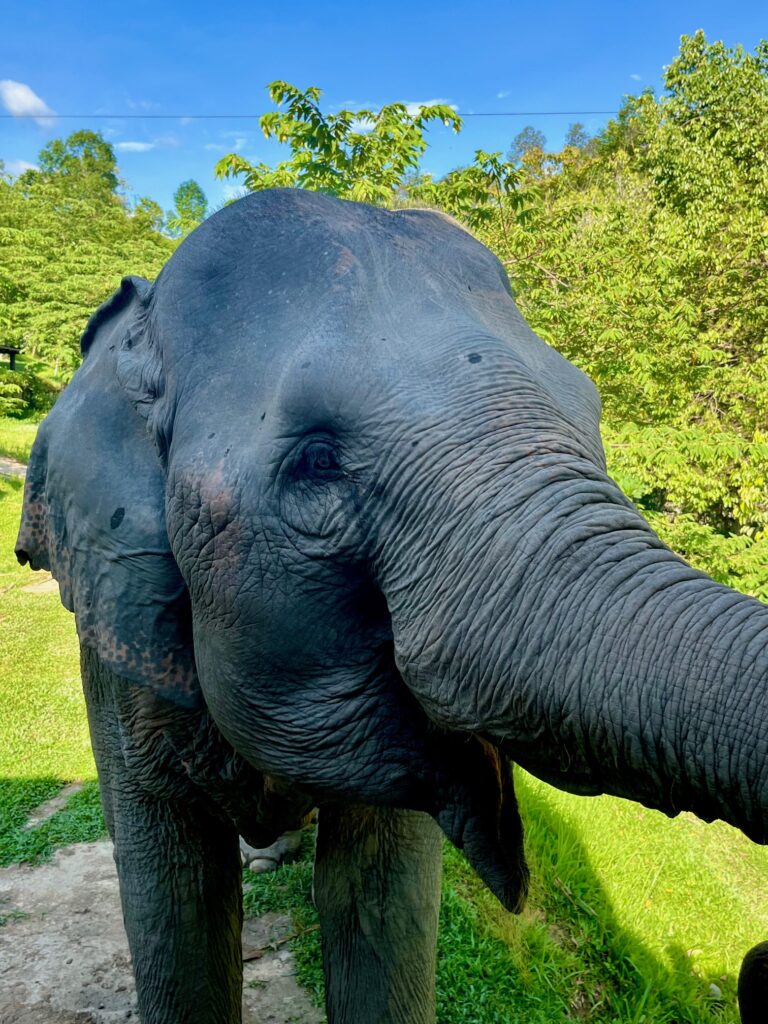
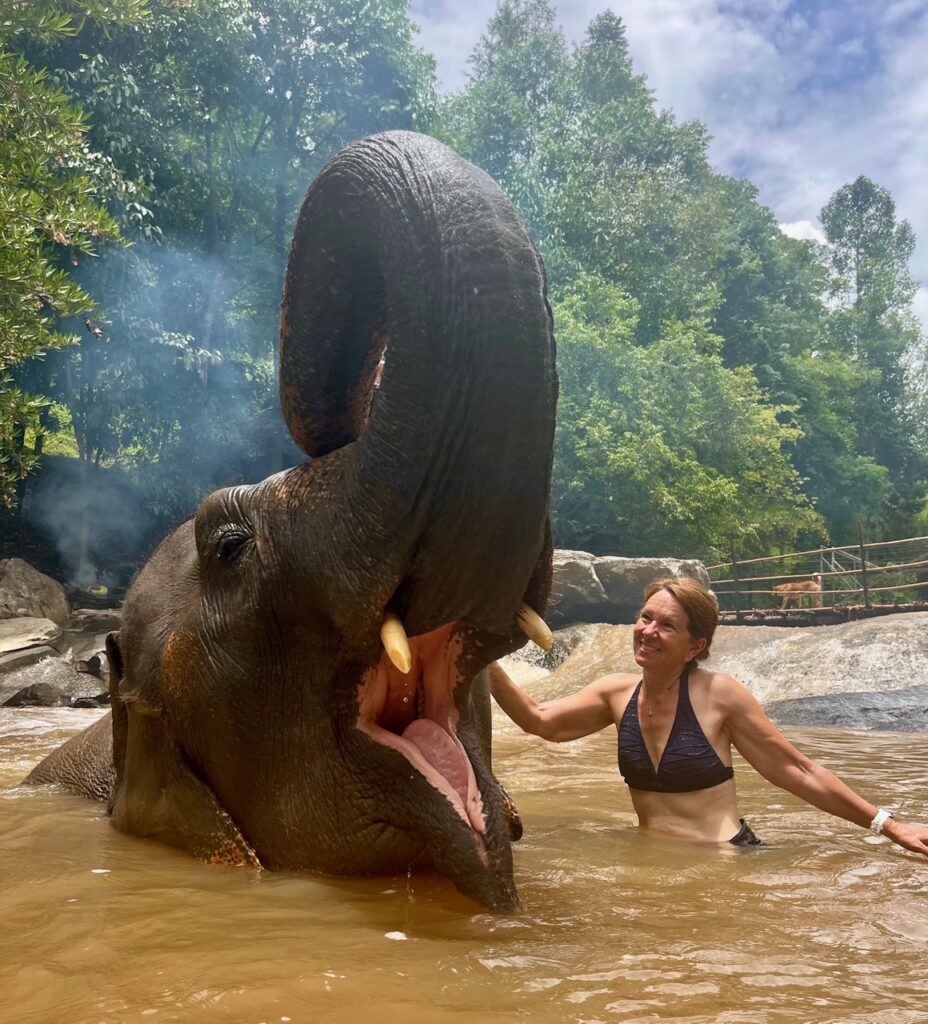
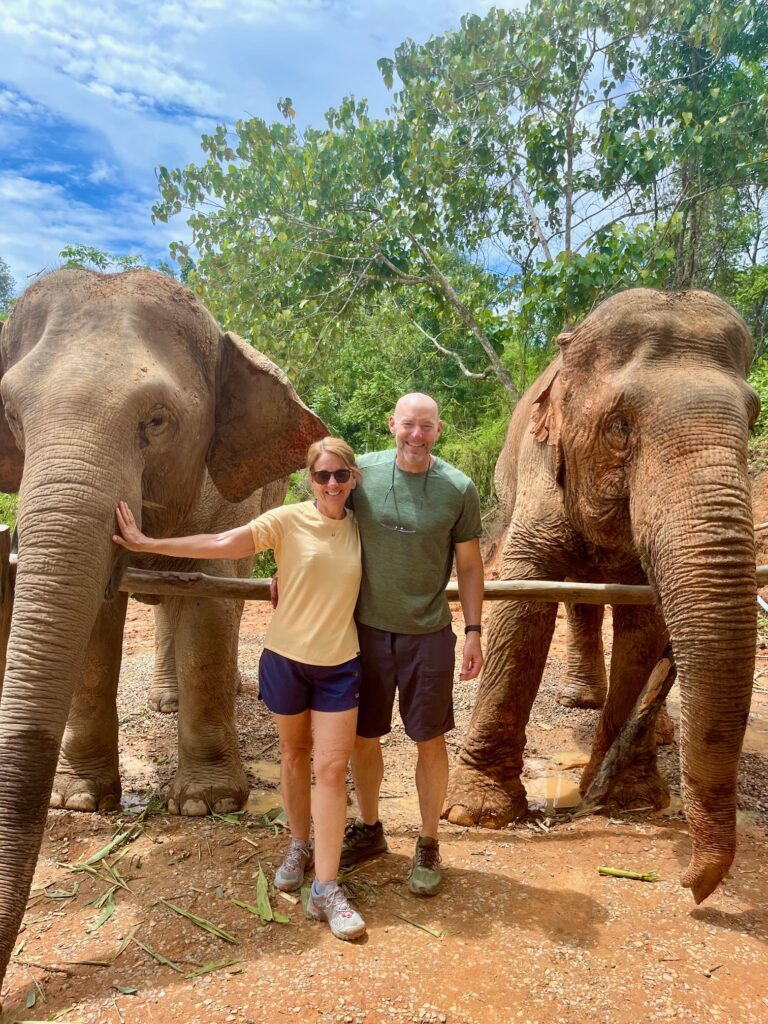
Our Stay at Chai Lai Orchid: A Day with Giants
Our Chai Lai Orchid experience began with a slow, guided walk through the jungle alongside several elephants, giving us plenty of opportunities to feed them their favorite snacks—bananas, sugarcane, and corn husks. Watching them eat up close was fascinating: they used their trunks like giant, flexible fingers, skillfully peeling back corn stalks to get to the good stuff. And when they opened their mouths wide, we got a look at their huge tongues and surprisingly small number of teeth—just four massive molars that do all the work. Not gonna lye it was intimidating at first!
Being that close, you start to appreciate just how incredible these creatures are. Every movement of their trunks feels both gentle and precise, and their personalities definitely shine through—especially when food is involved. After the jungle walk, we had the chance to bathe with the elephants in the river, splashing around in the cool water as they happily rolled around and clearly enjoyed the dip just as much as we did.
Along the way, we also passed Karen tribal villages, giving us a glimpse into the daily life and traditional homes of one of the Indigenous groups in Northern Thailand. It added a deeper cultural layer to the day—reminding us that this land, and the elephants who roam it, are part of a much larger, living story.
A Night in the Jungle
We opted for an overnight stay at the sanctuary to get the full experience, which meant sleeping in a rustic thatched hut along the river. Calling it primitive would be fair—no air conditioning and a much needed mosquito net canopy over the bed…not the best night’s sleep!
In the morning, breakfast was delivered to our hut, and just as we finished eating, we had a visitor: Mosha, the sanctuary’s oldest elephant at 55 years old, wandered over for her own breakfast. We got to hand-feed her right outside our doorstep—an incredibly amazing way to start the day.
